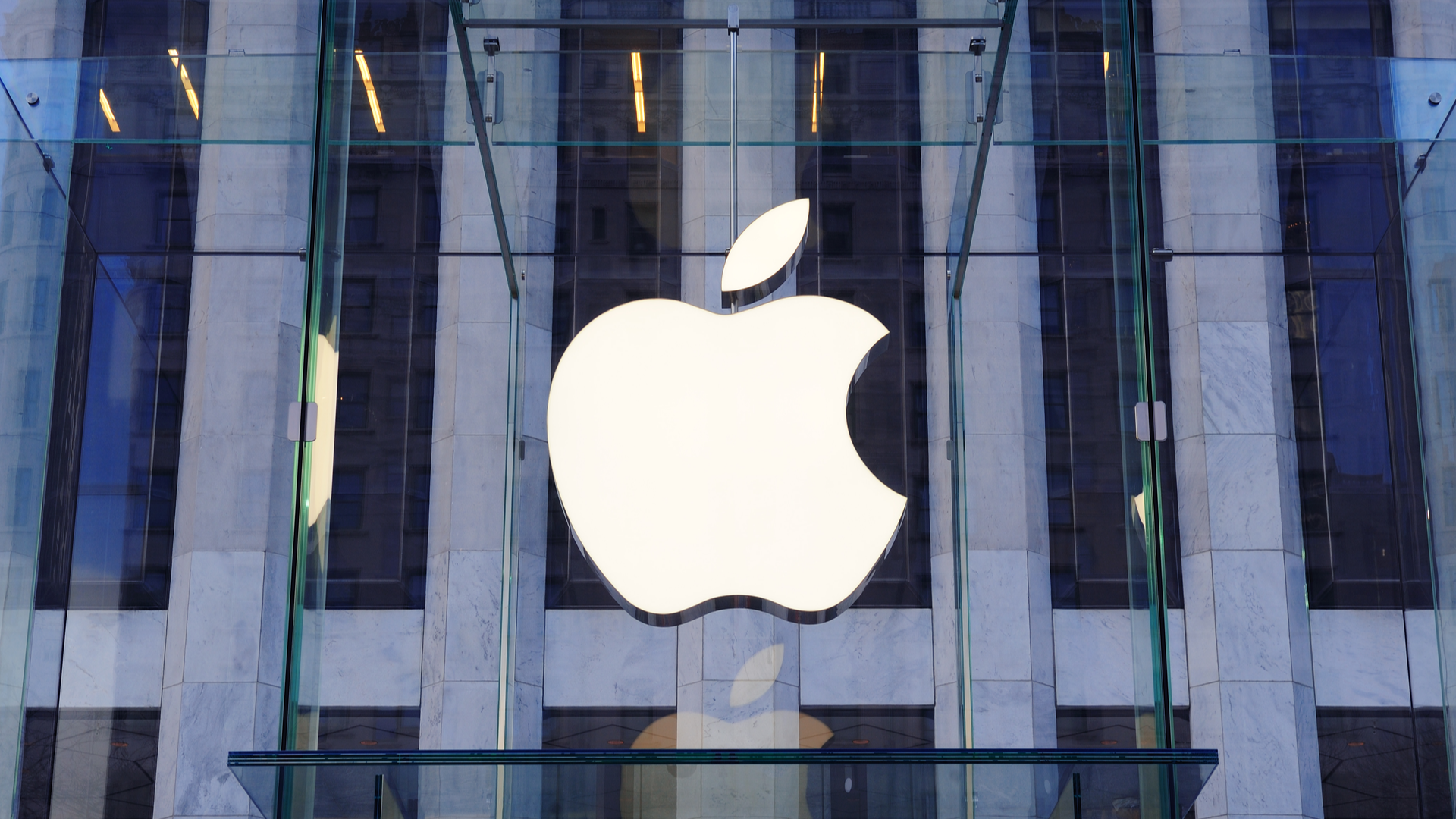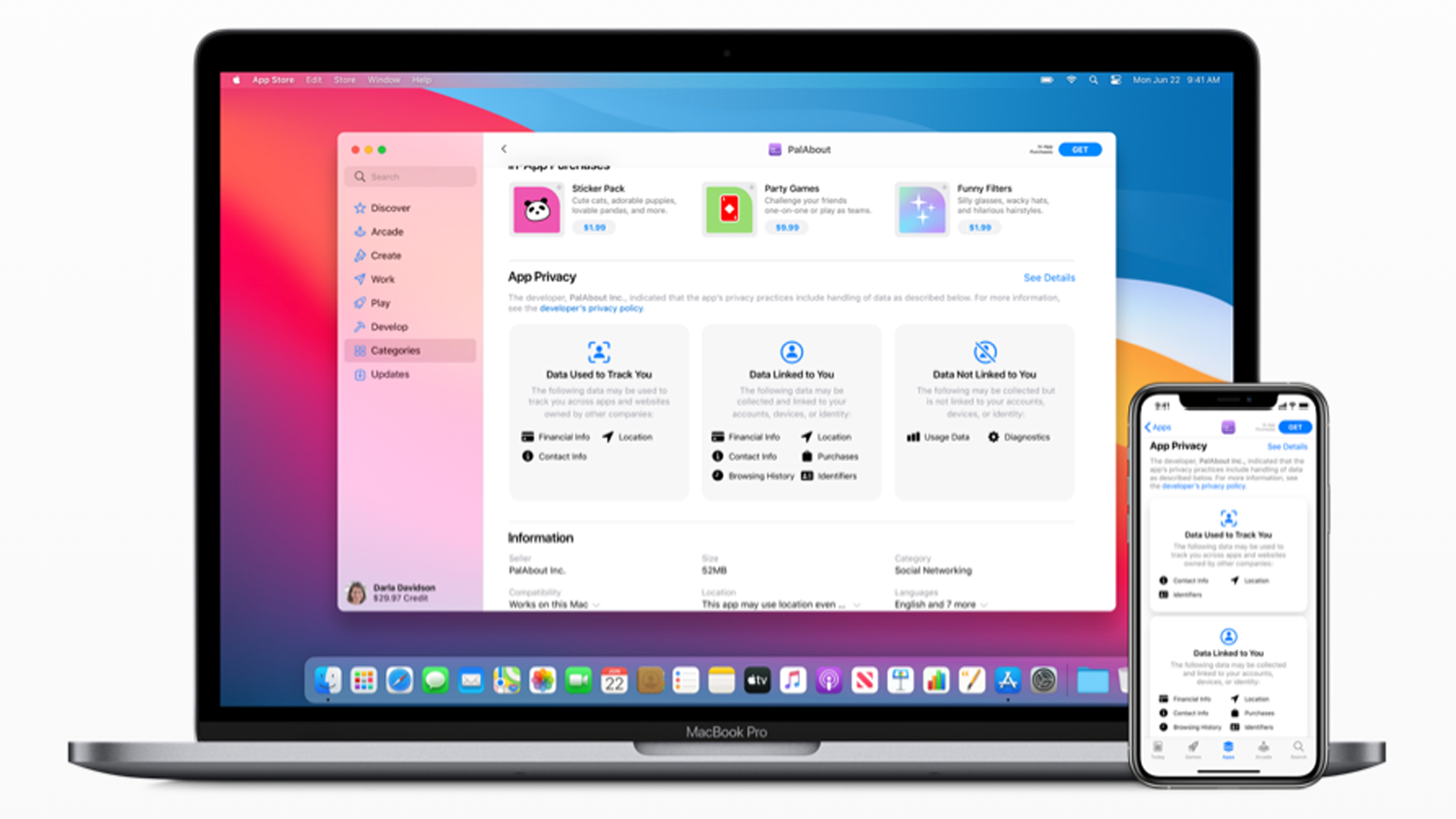Apple's new privacy details will start appearing in its App Store on December 8 as a means to help users understand each app's privacy practices. In tandem with the fleet of other privacy features released in Apple's iOS 14 update, these new privacy "nutrition labels" will add yet another level of protection and digital safety for consumers.
On December 8, Apple will start requiring app developers to provide this information to users for each of its apps (though they can start submitting them now). Just as nutrition labels on food items list calories and ingredients, these privacy details will tell you what types of data each app collects, and what data it links to you if you download it.
Developers will also need to include information about any third-party partners they work with, along with their practices. This includes any third-party SDKs, analytics tools, advertising networks, and other external vendors that have code integrated into the app. The full list of requirements is available on Apple's Developer page.
These labels will include things like your contact information, location, browsing history, purchases, and other identifiers. The details will be posted clearly and visually in an easy-to-understand manner. Apple is also requiring that developers keep their privacy labels up to date, so if any changes are made in an update or hotfix, the label should be adjusted at the same time to reflect these changes.
Although this is a great idea, and will hopefully provide App store users with more transparency and peace of mind, it has a major plot hole: all data disclosures are self-reported by the developers. This leaves plenty of room for developers to create labels omitted data and other inaccuracies.
Apple does have criteria for "optional disclosure" data types, as well. Data types that meet all of these criteria are only optional for developers to disclose: the data is not used for tracking purposes, the data is not used for third-party advertising or marketing purposes, data collection is infrequent and not part of an app's primary functionality and is optional for the user, and the data is provided by the user with their awareness and affirmative choice to provide such data.
Source: Apple


